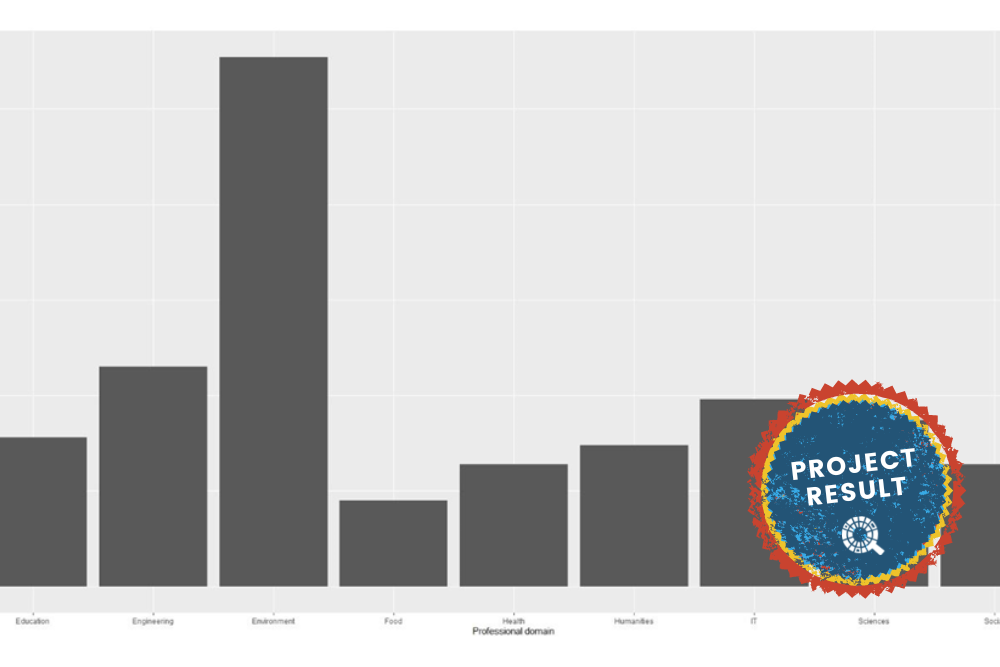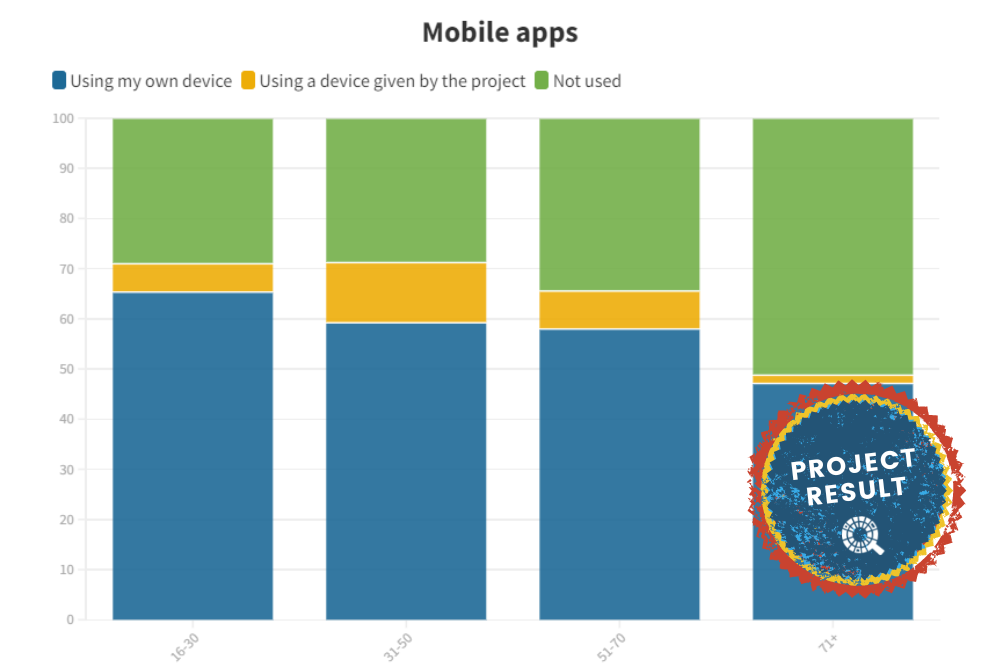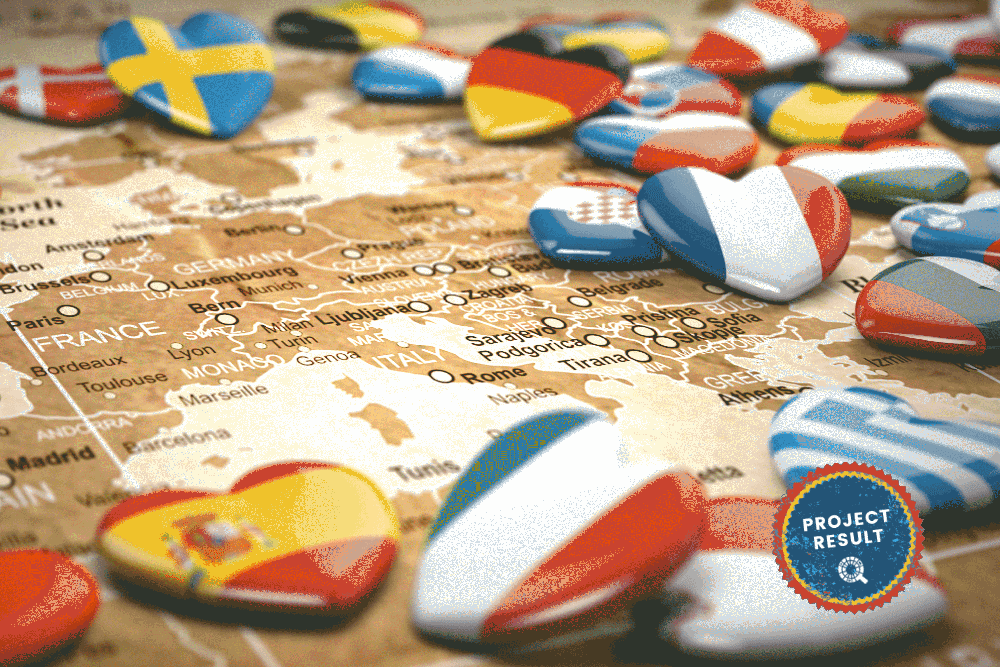Utilising analytic methods such as Named Entity Recognition (NER) and Explicit Semantic Analysis (ESA), the workbench generates results for individual projects based on textual project descriptions. We use ESA on extracted keywords to assign research areas and SDGs (Sustainable Development Goals) to projects. With NER, we extract named entities such as names of persons, institutions or organisations from the description.
The collected data from the analysed projects can then itself be viewed and analysed to find connections between projects.
Figure 1 shows the Workbench view of an e-health project from the SciStarter platform. Associated Research Areas, SDGs and Named Entities are extracted and also visualised. Figures 2 and 3 display summary information on a group of 105 projects in the form of a dashboard. The upper half of the dashboard (figure 2) shows the distributions of the predominant research areas, SDGs and named entities. The lower half of the dashboard is illustrated in Figure 3 with a network view of projects, research areas and organisations. Similarly, this view also allows to display networks of projects connected via any combinations of research areas, SDGs or named entities.
Graphic Figure 1
Figure 1.
Legend
In this figure we see the analysis results for the citizen science project “Health eHeart Study”. These are composed of research areas, SDGs and named entities. For research areas and SDGs we can also see the ESA-calculated similarities to the project description. All results can be manually modified where necessary.
Graphic Figure 2
Figure 2.
Legend
Here we can see the top half of the dashboard. It gives an overview over the analysed projects, how many research areas, SDGs and named entities we have per project, as well as the distribution of research areas, SDGs and named entities in the data set.
Graphic Figure 3
Figure 3.
Legend
In this figure we see the second half of the dashboard which contains a network view of projects (blue), research Areas (yellow) and organisations (red). With the input fields the users are able to manipulate the network view by choosing the connecting elements between projects they want to see (e.g. research areas, SDGs, organisations, places, etc.), picking a project to centre the view on or filtering by node-degree. Additionally the last field can be used to search for a project or a connecting element in the network.
Data Source
The data was originally taken from the CS Track project database.














